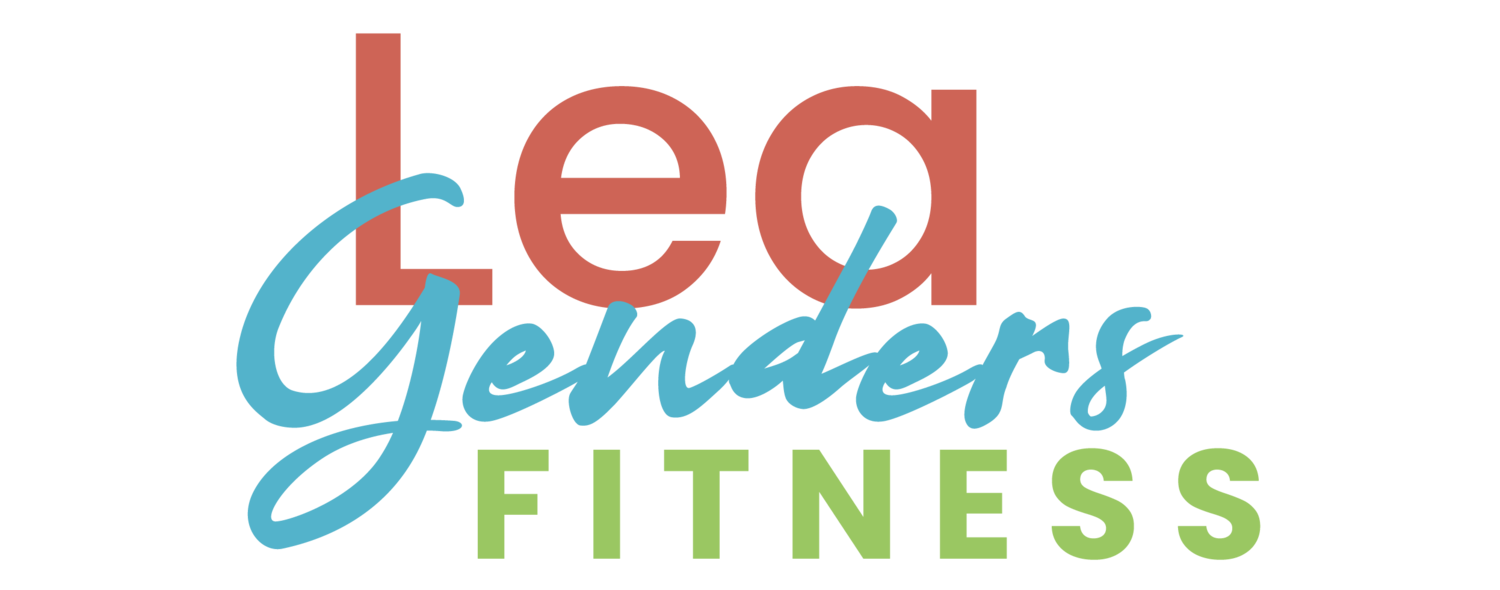Many of you are aware that my recent focus has been on helping organizations build healthier teams through my work in corporate wellness. One of my favorite and most insightful ways to approach wellness in the workplace is by relating it to the principles I use when training athletes.
At first glance, the two worlds seem entirely separate. It might appear that the work I do, coaching someone through their first half-marathon, or helping a client progress to lift a heavier weight, is completely different from the strategies I use to help professionals manage stress, minimize sick days, and increase their daily productivity.
However, the connection between these seemingly different areas is far stronger than you might realize. This link is exactly why I find this work so rewarding. The goal in both scenarios is similar: to help people become more productive and energized in their environment, enabling them to achieve a higher level of performance. Whether that environment is a training session or a busy workday, the underlying need for enhanced well-being and output remains the same.
This ability to connect physical, mental, and professional well-being is truly the passion and purpose of my life's work.
THE DIP
Think about those times in your day when your energy dips, when you start to lose focus, or when you are feeling drained or stressed. The first thing to recognize is that is totally normal. Today, I want to discuss how we can work with our body’s natural rhythms instead of fighting against them. Taking strategic breaks and prioritizing recovery make us stronger than if we push through.
We may work an eight-hour workday, but our brains and bodies were not designed to focus on an eight-hour sprint. The mistake we make is that we think being productive means doing more, and that pushing through fatigue makes us more effective employees.
That mindset does not serve anyone, neither the employee nor the employer. When we learn how to manage our stress and energy levels, take strategic breaks, and prioritize our recovery, we become more balanced and productive in our work and personal life.
Stress: The Good, the Bad, and the Ugly
One conversation I frequently have with my athletes who are training for endurance races is that stress is stress. The body does not distinguish between different types of stress; it all accumulates in one bucket.
For a marathon runner, this means that the argument you had with your kid about what shoes to wear to school, the traffic, and the missed deadline at work are all sources of stress that build up. When you add the stress of marathon training, the stress of not getting enough sleep, and not fueling properly, that stress bucket overflows. Your one rest day from training a week is not enough to recover from everything.
But Lea, you say, I thought exercise was good stress?
Yes, but again, your body does not distinguish good stress from bad stress. It only knows the stress you recover from, and the stress you do not.
Eustress (The Good Stress)
Yes, exercise is a stress on your body, and when you recover, you come back stronger. The same applies to a project at work or working hard to meet a deadline. Once the project concludes successfully, you recover and ultimately get better. That's Eustress, the good kind.
Distress (The Bad Stress)
We are all familiar with this one. It is the negative stress that builds, you do not recover from, and does not lead to any positive outcomes. Without intention, this type of stress prevents you from recovering.
The Ugly Consequences
When we continually add to the stress bucket (traffic, work, exercise, life) without adequate recovery, the outcomes are predictable: loss of productivity, low energy, a compromised immune system (you get sick more often), and ultimately, burnout.
The 90-Minute Rule: Finding Your Natural Rhythm
Our bodies operate on a 90- to 120-minute energy cycle (Ultradian Cycle), which is why attempting to push through focus sessions that involve hours of sitting is ultimately unproductive. This gives us a natural cycle we can follow to reduce stress, reset, and refocus.
Every 90 to 120 minutes of focused work, you might feel that familiar dip in energy or focus. Our societal habit is to force through, fight through, and not stop. It is not a failure on your part when you lose focus, but a gift. It is a biological signal that it is time for a short break. When you learn to pay attention, acknowledge it, and act on it, your productivity will skyrocket. Ignoring this signal forces us to borrow energy from future reserves, which directly reduces later performance.
Think Like an Athlete
One way we can start to address this is to think and recover like an athlete. As a personal trainer and running coach, I know that recovery is a non-negotiable for high performance. What do athletes do? They rest between sets (or intervals), take structured rest days, prioritize sleep, and fuel their bodies with nutrition to maximize recovery.
We can apply this same mindset to achieving high performance at work and in life, incorporating structured rest periods during the workday, prioritizing rest days, and considering sleep as a non-negotiable aspect of our routine.
2 to 5 Minute Micro Breaks
Listen for that signal, that dip in energy. Use it as a cue. If you have not tuned in to these signals yet, set an alarm on your phone. When you sit down for focused work, start paying attention around the 90-minute mark (or sooner)! It is time for a deliberate cognitive or physical break.
It might look like intentional deep breathing (away from your desk). Take a deep breath in for five seconds, release it for seven seconds, and repeat this process three to fives times to start.
Gentle movement fuels creativity, clears your head, and helps reset your system. Stand up from your desk, walk to another room or office, fill up your water bottle, or do a five-minute gentle stretch.
It is essential to note that taking a break to look at social media, read the news, or gossip with a coworker is not a break for your brain; these activities still consume energy and do not provide the mental and physical rest that you need to recover.
Consider it your rest period in your workday, similar to the rest athletes use between sets during their workouts.
ROI IN WELLNESS
I invite you to consider applying this method to your workday by recognizing when you need a break and taking that small action. Energy is not endless, but you do have some control over it when you learn to apply strategic recovery.
Investing five minutes doesn't lose time. It gains back 30-45 minutes of high-quality, focused effort.
Ready for Strategic Wellness?
Workplace wellness is more than step challenges and a fruit bowl in the kitchen. If your organization is ready to move beyond surface-level efforts and implement strategic, skills-based programs like what we covered here, I would love to chat.
The inspiration for this post is that I created a YouTube video on this topic as part of a project. I'd love it if you would check it out!
Lea Genders is a board-certified health coach, personal trainer, and workplace wellness consultant based in Fort Worth, TX. She offers corporate wellness programs for employee health and productivity, as well as in-person and virtual training / coaching for individuals worldwide. Her blog shares expert guidance on strength training, running, and sustainable nutrition @fortworth_trainer











Forget the pressure to "end the year strong." This December, I am exploring a different approach: ending the year soft. Learn how compassion, rest, and grace can set you up for a healthier New Year than pushing ever could.